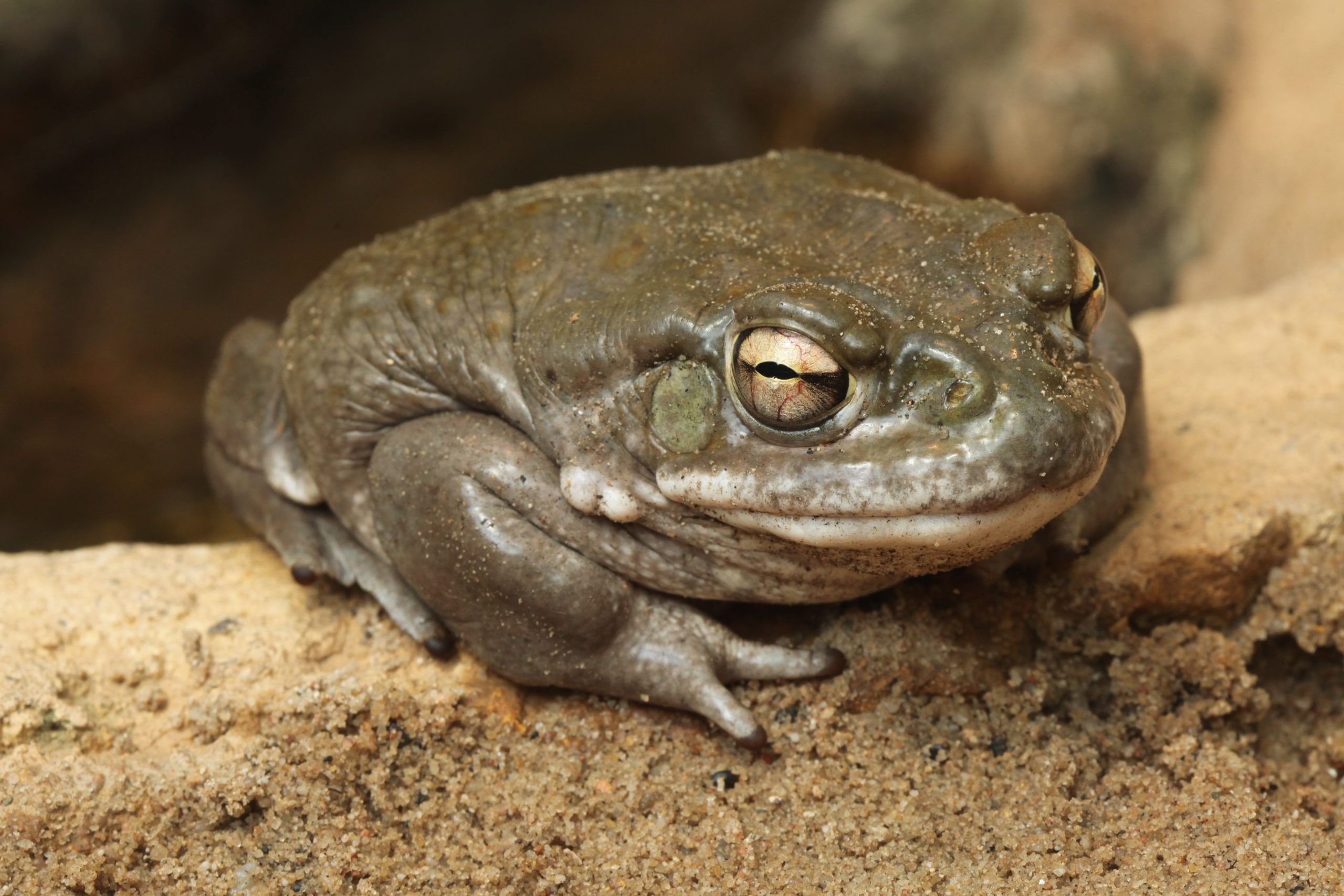The endangered species list unfortunately gains a new member, as conservationists warn that the milking of the Sonoran Desert Toad is threatening the survival of the species.
This enchanted toad, also referred to as the Colorado River toad, is typically found in northern Mexico and the southwestern United States. This peaceful, stone-like creature usually lives between 10 to 20 years and can grow up to 19 centimetres, making it the largest toad in the U.S. The psychoactive excretion found in the toad is so strong that dogs who have attacked one have suffered paralysis and even death.
The property found in the secretions that results in the desired effects is known as 5-MeO-DMT — a potent hallucinogenic compound that produces intense effects such as euphoria and powerful auditory and visual hallucinations. Some studies have even suggested long term use of the compound can help treat anxiety and depression.
“I think it’s really interesting that a lot of psychedelics are now being brought into the mental health field. Anxiety and depression are very common issues for people of all different backgrounds, and I would love to see more expansion into issues such as PTSD,” says fourth-year health studies student Ameek Singh.
The psychedelically-inclined have also been orally ingesting toad secretions for quite some time now, with the term toad licking being coined to describe a dangerous phenomenon.
Toad licking dates back to 1983 when a man named Ken Nelson, who supposedly was the first person ever to consume the compound in this format, did so and circulated a pamphlet detailing his experiences and the effects the drug had. This soon sparked interest in others to try it as well, and it slowly gained popularity.
Some claim the slime found in the toad was used in various Mesoamerican ceremonies and rituals, yet direct and reliable evidence for this has not found its way to scientists, who generally agree that Nelson was the first human to consume it.
The toad’s habitat has been greatly threatened in recent decades by those seeking a psychedelic experience, resulting in the species disappearing almost completely from California. The seeking of an otherworldly experience by our fellow human beings is resulting in toads being overmilked, jeopardizing their survival.
Glen Kelly, a third-year electrical engineering student who has dabbled in a psychedelic experience, does not see why it would be hard for people to put the toads’ lives first before they think about indulging.
“There are so many other psychedelics out there for those insisting on the experience — I really don’t see why anyone would get hung up on specifically wanting 5-MeO-DMT from a toad, especially if they’re being endangered.”
Hope is not lost, however, for those still vying for the effects of 5-MeO-DMT. As it turns out, the compound can be manufactured in a laboratory as a synthetic alternative. A fairly recent study in the ACS Omega Journal shows us that the new method for synthesizing the substance is 99.86 per cent pure.
So, if you happen to one day find yourself stumbling on the Sonoran Desert toad for whatever reason, take a moment to admire it, maybe even get a picture — but for the sake of the species and even yourself, please don’t lick it.



Licking the toad is not how it’s consumed. That’s not how it’s described by Nelson in his pamphlet and it’s not how it’s used widespread today or ever. In fact that method of injesting the secretion is extremely dangerous, as it contains cardiotoxic steroids. These are burned off when it’s smoked, which is the manner in which it’s used. Guess you should stay in college a little longer. Or maybe learn how to research. Regardless of your intentions of this article, which may be well and good, your blatent disregard of the truth could very well result in someone’s death. Congratulations.
The mistakes in this article can literally kill someone if they take it seriously.. Licking toads is not a real thing and will get someone harmed or killed.
Please understand that you have not done your due dilligence in research on mesoamerican usage of the toad. It is obvious as you are repeating the last guy’s article. There is proof thousands if not millions of years of proof. Please be a journalist not a repeater.
It’s not orally active moron.